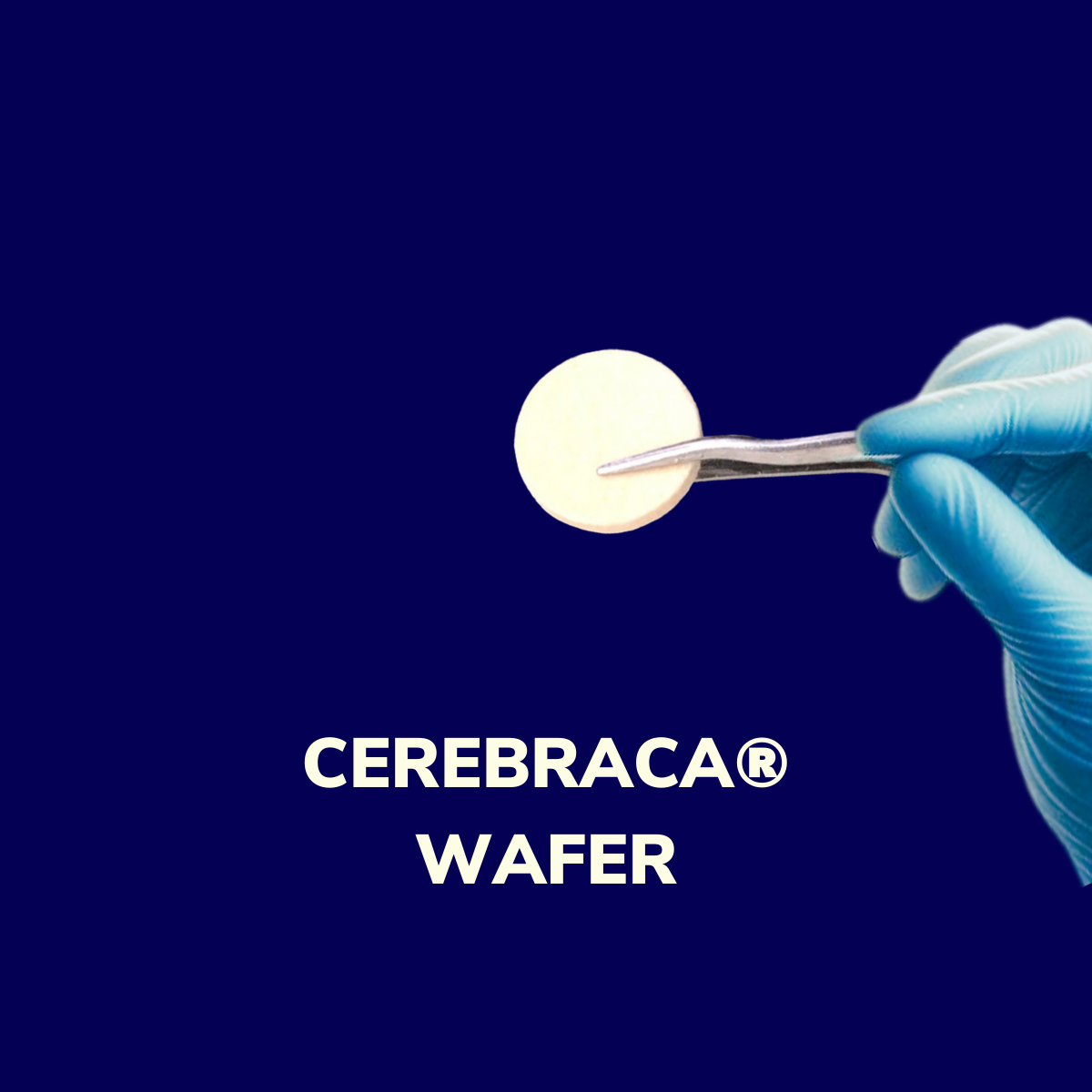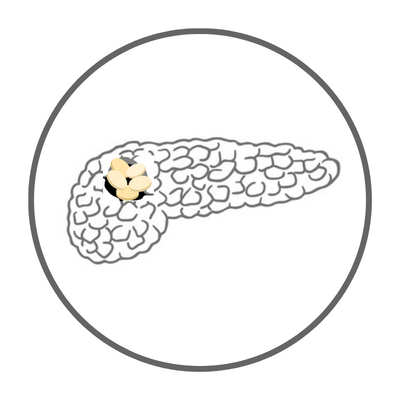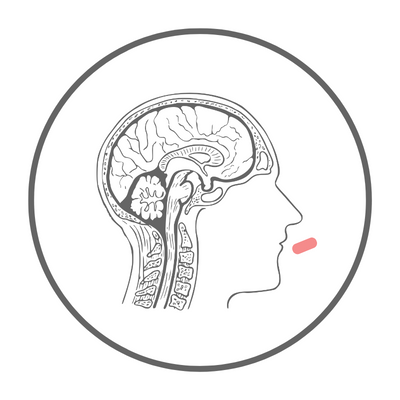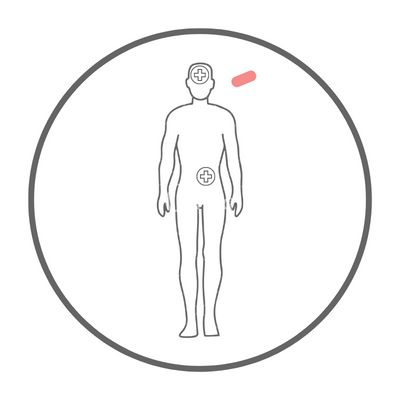Protecting Brain Health – The Blood-Brain Barrier


Protecting Brain Health - The Blood-Brain Barrier (BBB)
The role of the blood-brain barrier is akin to that of a robust defense wall, ensuring the brain remains shielded from external threats while maintaining internal stability and balance.
The blood-brain barrier (BBB), often an overlooked biological barrier, plays a profoundly significant role as the guardian of our brain. It functions as an impenetrable checkpoint, safeguarding our brain from the invasion of harmful substances. While it serves as a crucial barrier for the health of individuals, it can pose challenges for patients requiring drug therapies to treat brain-related conditions, as this barrier makes it difficult for drugs to reach the affected areas, thereby reducing therapeutic efficacy. Let’s delve into the enigmatic aspects of this barrier and the challenges it presents in drug development.
What is the Blood-Brain Barrier?
The blood-brain barrier (BBB), also known as the blood-cerebrospinal fluid barrier, resides between the cerebral vascular system and the central nervous system. It comprises highly specialized endothelial cells that line brain capillaries and transmit signals between the vascular system and the brain. The structure and function of the BBB depend on intricate interactions among different cell types, such as endothelial cells, pericytes, and astrocytes, as well as the extracellular matrix in the microvasculature of the brain. These cells are densely packed, preventing the majority of substances from entering brain tissue. Its primary role is to protect the brain from harmful substances like toxins, bacteria, and viruses present in the bloodstream while regulating the transport of essential molecules and maintaining a stable environment.
Structure of the Blood-Brain Barrier

The protective barrier of the brain, collectively referred to as the “blood-brain barrier,” encompasses four primary interfaces between the central nervous system (CNS) and the periphery. While the barrier allows for the passage of oxygen, carbon dioxide, glucose, water, hormones, and certain lipid-soluble or nano-sized molecules, most drugs, proteins, and bacteria are typically too large to pass through.
- Blood-Brain Barrier: Formed by tight junctions between endothelial cells of brain blood vessels. Pericytes are capable of inducing certain barrier properties in endothelial cells, while astrocytes help maintain the integrity of the blood-brain barrier postnatally.
- Blood-Cerebrospinal Fluid Barrier: Formed by tight junctions between epithelial cells of the choroid plexus. Note that choroid plexus blood vessels have fenestrations (small openings). Immune cells are present on the surface of choroid plexus.
- Brain-Cerebrospinal Fluid Barrier: Located between endothelial cells of dural blood vessels at the interface with the dura mater.
- Cerebrospinal Fluid-Brain Barrier: Present only during early developmental stages and formed by belt-like connections between neuroepithelial cells lining the brain ventricles. In adults, this barrier no longer exists.
The blood-brain barrier and cerebrospinal fluid-brain barrier extend into the spinal cord. Cerebrospinal fluid, filling the ventricular system of the brain, is represented in blue, while central nervous system brain tissue is depicted in brown.
(Source: Stolp HB, Liddelow SA, Sá-Pereira I, Dziegielewska KM and Saunders NR (2013) Immune responses at brain barriers and implications for brain development and neurological function in later life. Front. Integr. Neurosci. 7:61. doi: 10.3389/fnint.2013.00061 http://journal.frontiersin.org/article/10.3389/fnint.2013.00061/full)
The Importance of the Blood-Brain Barrier
The function of the blood-brain barrier (BBB) is analogous to that of a robust defense wall, ensuring the brain remains impervious to external threats while maintaining the stability and equilibrium of its internal environment. Its normal functioning is of paramount importance to our neurological health and overall well-being:

-
-
Shielding the Brain from Harmful Intrusions: One of the primary roles of the BBB is to filter potential harmful substances, such as bacteria, toxins, and viruses, from the bloodstream, preventing their entry into brain tissue. This contributes to the preservation of brain health and function.
-
Regulating the Transport of Essential Molecules: The BBB is also responsible for transporting vital molecules into the brain, including glucose, oxygen, and nutrients. This ensures that the brain receives the necessary energy and nutrients to sustain its normal operations.
-
Maintaining a Stable Environment: The BBB helps maintain a stable ecosystem within the brain, including factors like pH levels, concentrations of sodium, potassium, and calcium ions, among others. These factors are critical for the proper functioning of neurons, as neurons are highly sensitive to fluctuations in this environment.
-
Restricting the Entry of Immune Cells: Typically, the BBB limits the entry of immune cells into the brain. This helps prevent excessive inflammatory responses and protects brain tissue from immune system-related damage. This is also one of the reasons why the brain is considered a specialized immunoregulatory region.
-
Sustaining the Stability of the Nervous System: The BBB not only safeguards the brain but also ensures the stability of other components of the central nervous system, including the spinal cord and peripheral nervous tissues. This contributes to maintaining the proper functioning of the entire nervous system.
-
In essence, the BBB acts as a critical gatekeeper, allowing essential substances to enter the brain while barring potentially harmful agents. Its proper functioning is indispensable for the preservation of neurological health and the overall well-being of an individual.
Current Breakthrough Approaches to Overcoming the Blood-Brain Barrier for Treatment
When diseases affect the central nervous system, such as the brain and spinal cord, the majority of drugs used for treatment are often hindered by the blood-brain barrier (BBB) from reaching the affected areas. Consequently, there are significant challenges in treating conditions like neurodegenerative diseases, including Alzheimer’s disease, Parkinson’s disease, amyotrophic lateral sclerosis (ALS), or brain tumors, among others.
Due to the limited number of drugs that can currently access the brain through methods such as oral administration or injections, this has remained a pivotal challenge in the development of new therapies.

CEREBRACA® WAFER <Phase IIa> >>more
- Cerebraca® Wafer developed by Everfront Biotech Inc. is a therapeutic drug wafer that can be used to treat highly malignant glioblastoma (malignant brain cancer). It can be directly implanted into the brain and slowly releases drugs at a high concentration, high penetration, and long duration for about 1 month, exerting a multi-target effect that helps to treat cancer and make cancer cells more susceptible to chemotherapy or immune cell killing.
- Glioblastoma multiforme (GBM) is a highly malignant primary brain tumor that can grow up to 16 times its original size within a month. It has a high rate of recurrence after surgical resection, and there are currently no effective treatment options available.
- EF-API-001, the small molecule active pharmarceutical ingredient in Cerebraca® Wafer, has the following characteristics:
- Targeting Axl-1 receptor tyrosine kinase: effectively inhibits the growth and metastasis of brain tumor stem cells.
- Inhibiting the PD-L1 immune checkpoint: reduces the immune suppressive nature of the tumor microenvironment, thus preserving the activity of immune cells to kill tumor cells.
- Inhibition of MGMT DNA repair enzyme: overcomes resistance to Temozolomide (chemotherapy drug) and enables cancer cells to be killed again by chemotherapy.
- Cerebraca® Wafer, its small molecule active ingredient and biodegradable polymer are all manufactured by internationally renowned PIC/S GMP pharmaceutical companies in Taiwan to ensure high quality and reliable aseptic manufacturing processes.

[Focused Ultrasound Focus]: Opening the Blood-Brain Barrier to Facilitate Brain Drug Delivery <Phase II>
Focused ultrasound is a non-invasive energy source that can penetrate the skull. When combined with microbubbles, it can temporarily open the blood-brain barrier in specific brain regions, allowing for the delivery of chemotherapeutic agents to eliminate tumors. It can also be used for localized neural modulation to treat degenerative neurological diseases.
The NaviFUS navigational focused ultrasound system under the Haoyu Biomedical, which was licensed from Chang Gung University, has completed Phase II clinical trials. According to clinical data, the primary efficacy endpoint is the 6-month progression-free survival (PFS-6). It demonstrates that the NaviFUS System, when used in conjunction with Avastin, enhances the efficiency of drug penetration through the blood-brain barrier, resulting in a superior 6-month progression-free survival rate compared to historical standard treatment data.
(Source: https://news.ltn.com.tw/news/life/paper/1436403 and https://news.cnyes.com/news/id/5300896)

[ETV Enzyme Transport Vehicle] DNL310 <Phase I/II>
-
DNL310, developed by Denali Therapeutics Inc., is a therapeutic drug designed to treat MPS II (Hunter syndrome). It is an investigational fusion protein comprising IDS (iduronate 2-sulfatase) and Denali’s Enzyme Transport Vehicle (ETV), which is an engineered soluble enzyme fused with the Fc region. This fusion protein has been engineered to bind to the transferrin receptor, facilitating transport across the blood-brain barrier through receptor-mediated transcytosis, thus enabling passage into the brain.
-
Mid-stage research data for DNL310 in MPS II has demonstrated positive effects on core biomarkers, including the normalization of heparan sulfate and a reduction in NfL (neurofilament light). These findings continue to support the development of DNL310 for MPS II. Recruitment for this study is ongoing.




